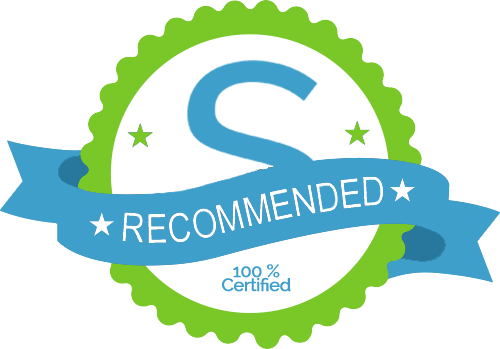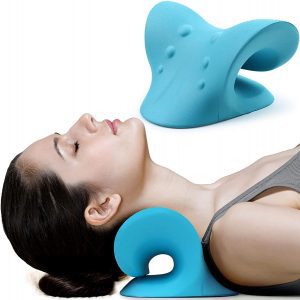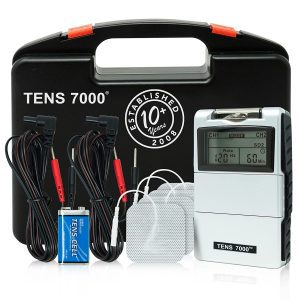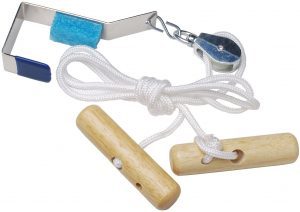The Best Occupational & Physical Therapy Aids
We looked at the top 7 Occupational & Physical Therapy Aids and dug through the reviews from 18 of the most popular review sites including and more. The result is a ranking of the best Occupational & Physical Therapy Aids.
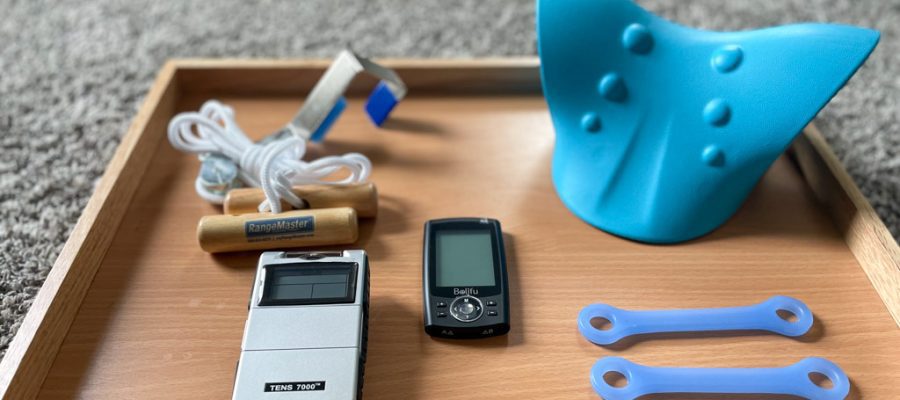
Our Review Process
Don't Waste Your Money is focused on helping you make the best purchasing decision. Our team of experts spends hundreds of hours analyzing, testing, and researching products so you don't have to. Learn more.
Our Picks For The Top Occupational & Physical Therapy Aids
- 1. EazyHold Assistive Silicone Adaptive Handle Hand Grip
- 2. RESTCLOUD Cervical Traction & Alignment Foam Pillow
- 3. TENS 7000 Electrotherapy Muscle Stimulator Occupational & Physical Therapy Aids
- 4. RangeMaster Door Hanging Shoulder Pulley Occupational & Physical Therapy Aids
- 5. Belifu Preprogrammed TENS Electronic Pulse Muscle Massager Occupational & Physical Therapy Aids
For help with your grip, there are these silicon cuffs that can help you grasp a variety of household objects, including writing utensils, silverware and hairbrushes. The flexible silicon is comfortable against the skin, without requiring a snug fit, making it a good option for those who have sensory issues. The material is a food-safe non-BPA sili...
For Smaller HandsThese silicon bands fit around a variety of household items to help children and those with smaller hands grip household items.
For those with back and neck pain, this pillow can quickly become a favorite. It’s designed to both reduce pressure while also restoring the cervical curvature you need for good spine alignment. You can use it in short bursts as needed or as a pillow while you sleep.
Sturdy DesignYou’ll get years of use out of this neck pillow, which is made from a foam that is both lightweight and sturdy.
TENS devices are designed to provide electrical stimulation to the nerves to help reduce pain. This device comes with multiple therapy modes and adjustable intensity levels to help you find relief. The best thing about this device is that you can use it where you need it, whether it’s your back, neck or shoulder.
Customizable OptionWith eight intensity levels and five different therapy modes, this device can help you get the relief that works for you.
Hook this shoulder pulley to the door using the included bracket and you can do shoulder exercises anywhere you want. The zinc-coated housing on the pulley will ensure it holds up after many uses, and wooden handles keep your hands comfortable while you do your exercises. You can adjust the 85-inch cord to find the right fit for your needs.
Portable OptionYou’ll get everything you need to do shoulder exercises wherever you are, whether you're traveling or at home.
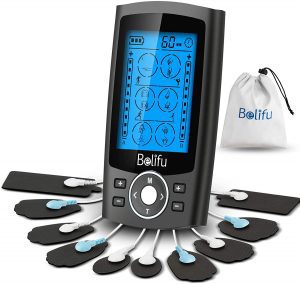
Belifu
Preprogrammed TENS Electronic Pulse Muscle Massager Occupational & Physical Therapy Aids
A long battery life and automatic shutoff timer make this TENS device an easy-to-use addition to your pain management tools. This unit has 16 preprogrammed massage modes to give you the relief you need. It comes with a dustproof drawstring storage bag, reusable cable ties for fastening and 10 self-adhesive pads that can be reused.
Easy to StoreThanks to an included drawstring storage bag and a small build, you’ll be able to easily store this TENS device between uses.
Buying Guide
Chronic pain is a way of life for one out of every five people in the U.S. Pain can get in the way of doing everyday tasks, working, and enjoying time with loved ones. But finding relief can be a challenge, especially since some treatment options can be dangerous and addictive.
For those who deal with pain of any type, physical therapy can make a big difference. There’s also occupational therapy, which uses everyday activities to help a patient rehabilitate. With either of those options, you’re reducing pain while also strengthening the muscles, nerves and reflexes necessary to perform certain tasks.
If your doctor prescribes either physical or occupational therapy, you’ll likely go to a dedicated appointment on a regular basis. With the right tools, though, you can practice at home, either as a supplement to your appointments or after you’ve improved enough to have those prescribed sessions less often.
The type of tool varies depending on your particular therapy needs. A licensed therapist or medical professional can give you some tips and even set you up with a great at-home therapy plan. You can also buy those tools on your own. Before you start any new routine, though, it’s important to check with your doctor and make sure that it will be both safe and effective.
One popular tool is a TENS unit. Short for transcutaneous electrical nerve stimulation, these devices can deliver pain relief by using electricity to stimulate the nerves surrounding the affected area. You’ll also find tools that will help you strengthen the area, such as pulleys and even neck pillows that will help you get the right angle you need to find comfort.
In some cases, you’ll simply find ways to make your home more accessible. You can find mobility aids that will help you grip household items and move around your house, even as you’re healing or rehabilitating. It’s all about finding the right tool that works for your needs.
Why we recommend these occupational & physical therapy aids?
Products Considered
Products Analyzed
Expert Reviews Included
User Opinions Analyzed
The Best Bang For Your Buck
RangeMaster Door Hanging Shoulder Pulley Occupational & Physical Therapy Aids
Key Takeawy
Hook this shoulder pulley to the door using the included bracket and you can do shoulder exercises anywhere you want. The zinc-coated housing on the pulley will ensure it holds up after many uses, and wooden handles keep your hands comfortable while you do your exercises. You can adjust the 85-inch cord to find the right fit for your needs.
What to Look For
- Mobility aids typically aren’t one size fits all. If you invest in a product to help around the house, check sizing to make sure it will fit you.
- If you suffer from neck pain, the pillow you use at night could be part of the problem. You can find pillows specifically designed to maintain the curvature you need. These not only reduce pain but also help get to the source of the problem.
- A TENS device can be great for relief when you need it. But you’ll need to choose the right device. Find one that has multiple intensity levels so that you can customize each session to what you need. You’ll also need pads to connect the device to you. These are reusable, but there will be a limit to how many times you can use each one. Your device should come with some to get you started, but make sure you can easily order refills.
- Portability is an important consideration of any new therapy type you choose. If you’re ever on a business trip or vacation, having a tool you can take on the road with you will ensure you stick with your routine.
- A pulley system can be great for strengthening your shoulder after surgery or an injury. Make sure you do these exercises with your physician’s approval. You can find pulleys that attach to a door so that you can move it as needed. Make sure the pulley attachment won’t damage the door.
- Storage is an important consideration in any rehabilitation tool you choose. Consider investing in a storage bag or box to keep things in, and make sure you have somewhere to keep your items between uses.
- Routinely check back in with your doctor or physical therapist and revisit your results. If you’re completely going on your own, it’s important to have the area in question checked to ensure you don’t need to make adjustments to the work you’re doing.
You May Also Enjoy Our Other Reviews
- Robotic Vacuum
- Cordless Vacuums
- Air Mattress
- Drone
- Electric Razor
- Convertible Car Seat
- Infant Car Seat
- Dry Dog Food
- Carpet Cleaners
- Air Fryers
- Laptops
- Home Printers
- Wireless Router
- Streaming Device
- Electric Pressure Cooker
- Chromebook
- Television
- Digital Camera To Capture Special Moments On The Fly
- Smartwatch
- Upright Vacuum

